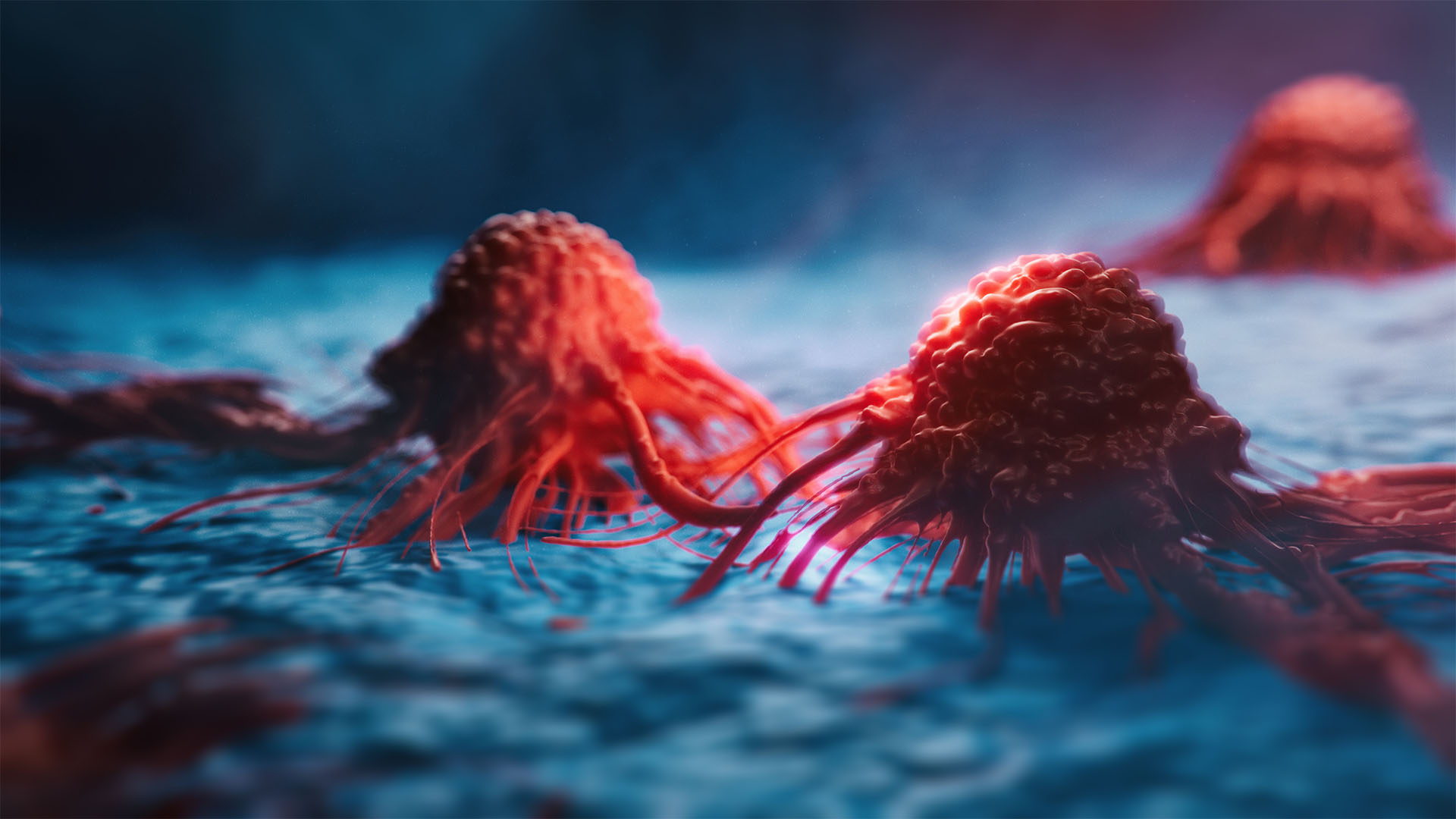
Microplastics may hang around in the body longer than scientists previously thought and may contribute to the spread of cancer when inside tumors, a lab-dish study suggests.
The research has several limitations, however. For instance, the scientists used cancer cells grown in lab dishes, so it remains to be seen how the results apply to real-life biological systems beyond controlled lab conditions. The microplastics studied also differ somewhat from those found in the environment, because the latter have different shapes and degrade in specific ways.
Nonetheless, the lab-dish study's findings are "very concerning," Nicholas Chartres, a researcher who studies microplastics at the University of California, San Francisco and the University of Sydney, told Live Science in an email. "These types of studies are critical early warning signs for us to act," said Chartres, who was not involved in the new research.
Micro- and nanoplastics (MNPs) most commonly enter the body through inhalation or, slightly less commonly, through ingestion. Previous research has shown that smaller MNPs — which have diameters less than 10 micrometers and are found in single-use water bottles — are more invasive than larger particles. Studies in lab-grown cells and mice have shown that such particles can penetrate cell membranes, accumulate in cells and trigger cellular stress.
Related: Scientists convert plastic waste into vanilla flavoring
However, how MNPs build up in cells is poorly understood.
Now, a study published in February in the journal Chemosphere has shown that MNPs can get passed from one cell to its next generation when the cell divides in two. What's more, the plastics show no signs of being eliminated from the cells.
To study this, the researchers exposed various colorectal cancer cells to different sizes of MNPs in lab dishes.
They focused on colorectal cancer cells because the disease incidence is increasing, study co-author Verena Pichler, a researcher at the University of Vienna, told Live Science in an email. And they specifically looked at polystyrene, one of the most widely used plastics.
After marking these particles with fluorescent molecules and tracking them, the team found that the particles' size dictated whether they built up in cells, consistent with previous reports. Particles with a diameter of 10 micrometers, the largest in the study, couldn't enter the cells, while smaller particles entered and accumulated.
The researchers then probed what happened to these microplastics when the cancer cells divided. They found that the particles got distributed among the newly divided cells and noticed that cells exposed to MNPs were more mobile than those left unexposed.
Cancer cells' ability to migrate helps them spread to new locations in the body, or metastasize. The researchers found that cells exposed to small MNPs migrated faster than unexposed cells, hinting that MNPs may help fuel cancer metastasis.
Related: Gut bacteria linked to colorectal cancer in young people
To further understand how MNPs accumulate, the researchers used microscopy techniques to see which part of the cell absorbs these particles. Small MNPs accumulated in lysosomes, structures that act as a cell's garbage disposal and normally break down foreign particles such as bacteria. However, the lysosomes did not degrade the MNPs.
This persistence of plastic particles was not surprising, Pichler said, "as the human body does not have metabolic processes to break the particles down."
Chartres agreed. "We know microplastics are persistent in the environment due to their stubborn degradation characteristics," and this also leads them to accumulate within organisms, he said.
Both Chartres and the study authors said the next step would be to test other types and shapes of microplastics that more closely resemble those found in the environment.
"We are surrounded by plastics," Pichler said. To reduce the potential effects on our health and environment, she added, we have to cut our plastic consumption "dramatically."
This article is for informational purposes only and is not meant to offer medical advice.
Ever wonder why some people build muscle more easily than others or why freckles come out in the sun? Send us your questions about how the human body works to community@livescience.com with the subject line "Health Desk Q," and you may see your question answered on the website!







